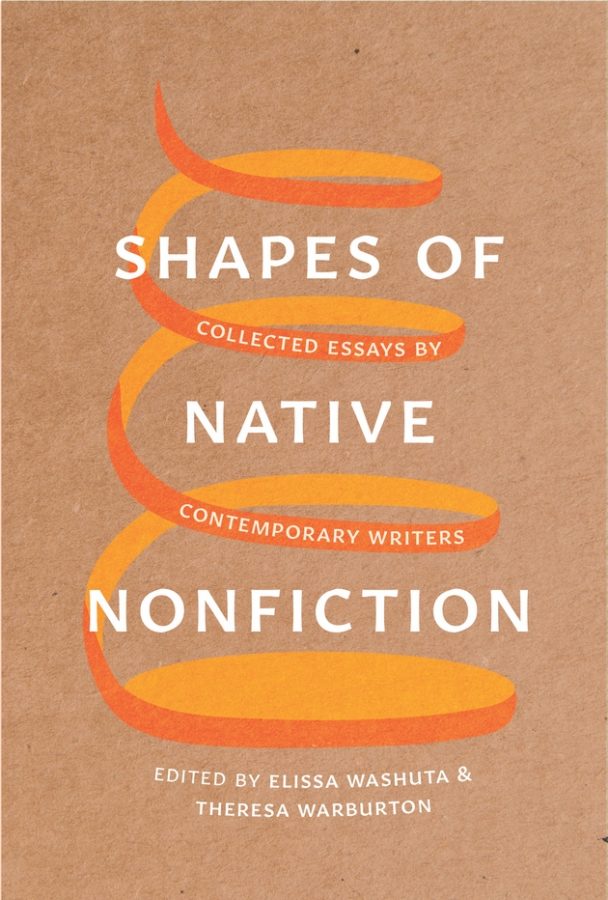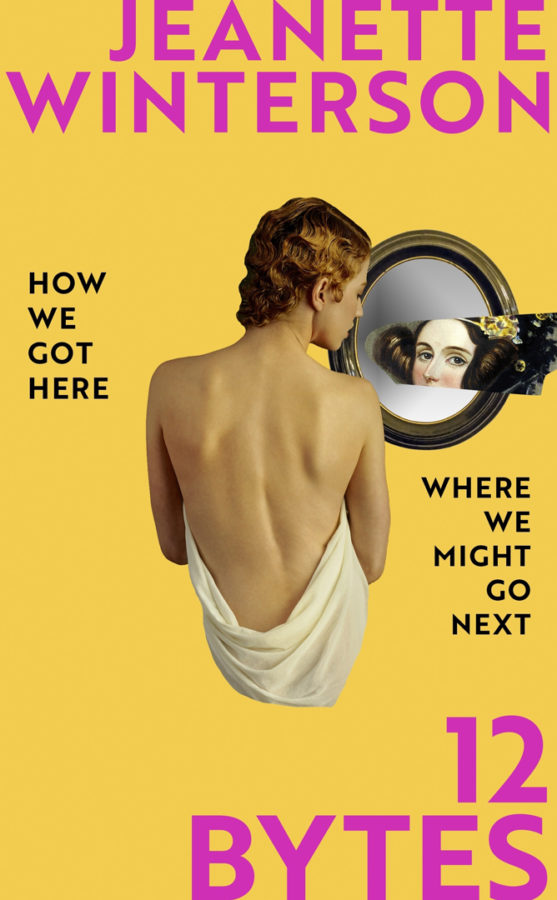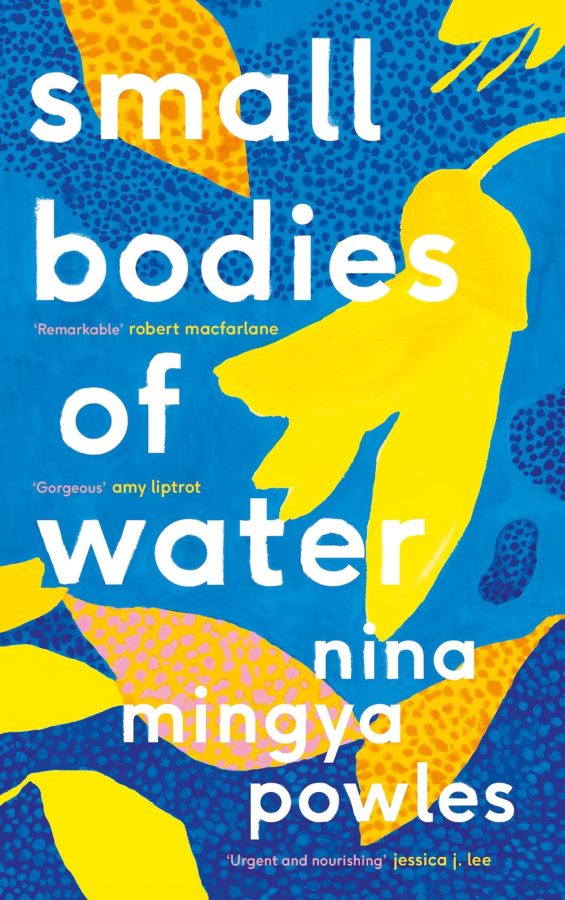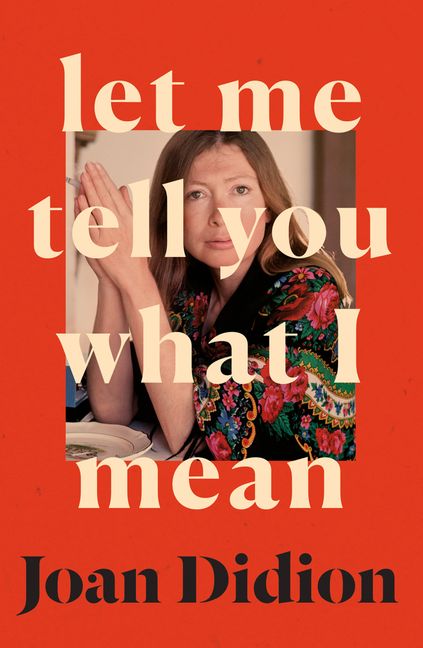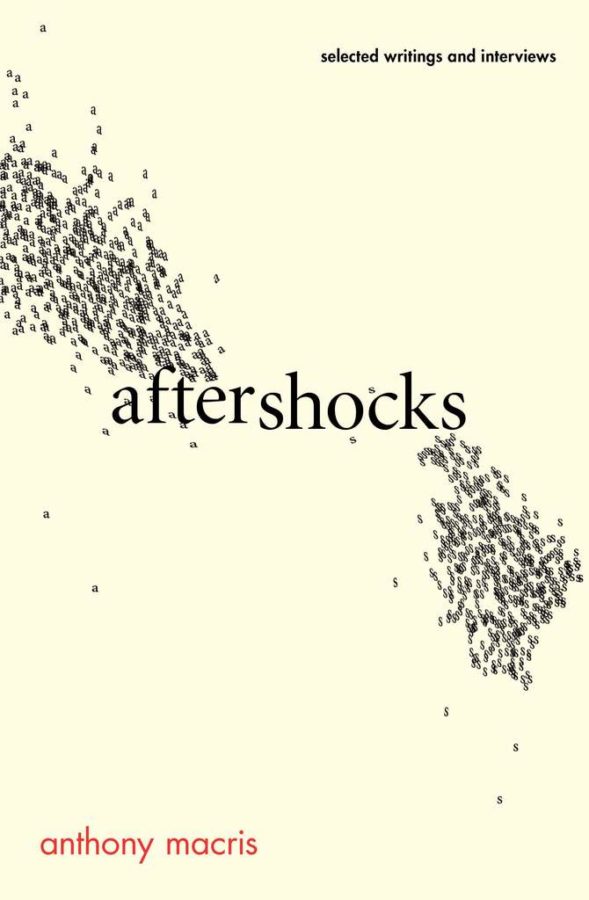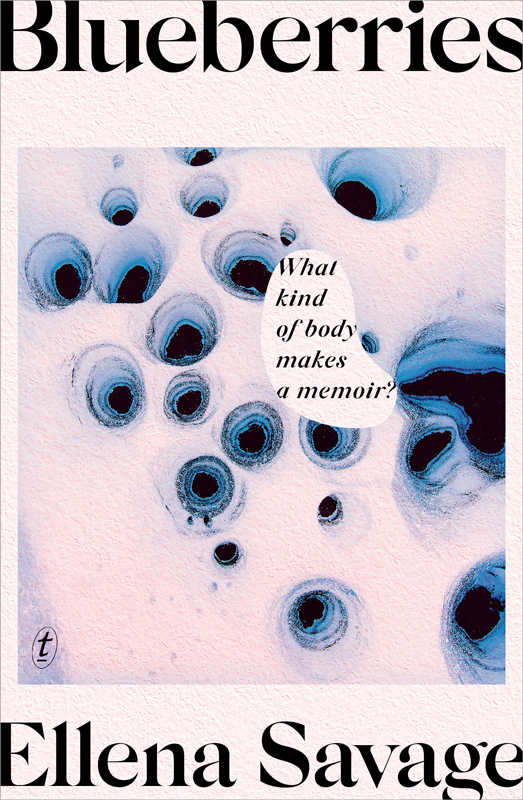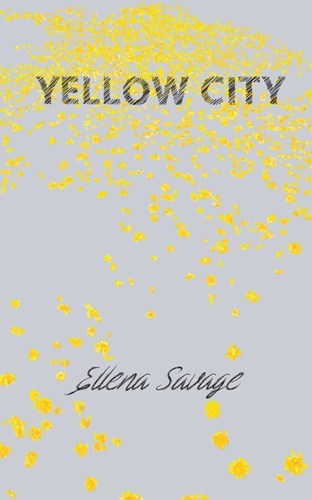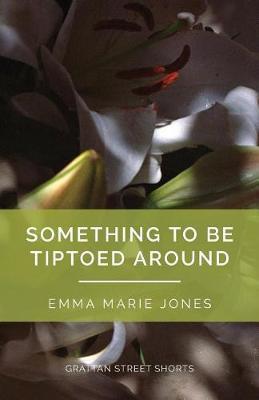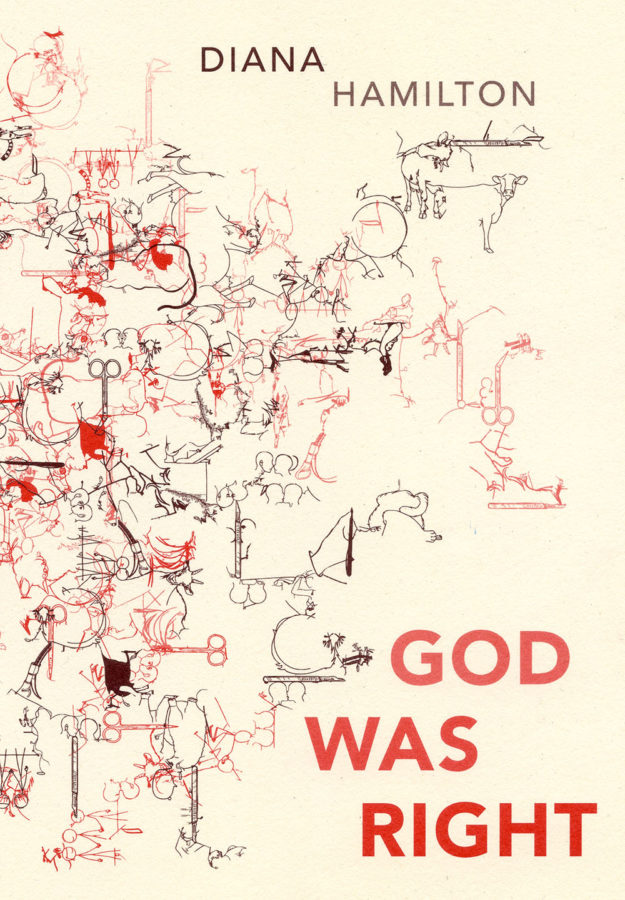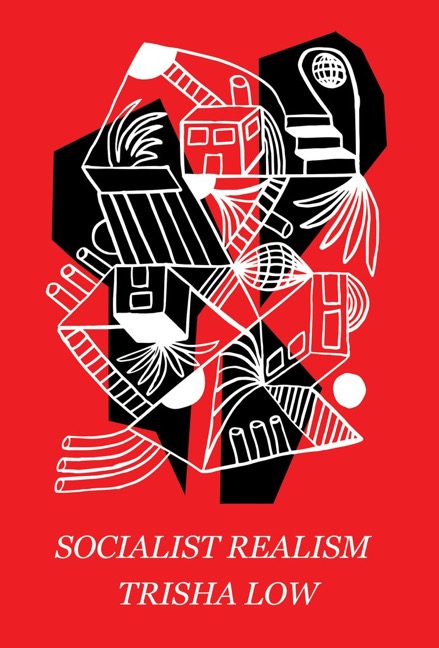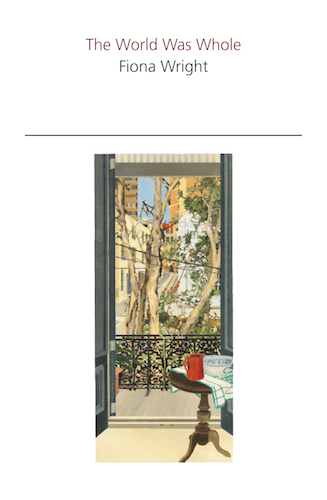The essay
The Writers’ Writer’s Writing
In certain respects, Davis is as quirky an essayist as she is a short-story writer. The greatest practitioners of the form – Hazlitt, Woolf, Orwell (choose your own) – tend to write in ways that seek to draw the reader into the movement of their thoughts. There is a sense of ideas and arguments being pursued on the page. Davis’ essays are interestingly unlike this. She does enliven them with the occasional autobiographical reminiscence; some of them even have the bones of a narrative structure. In an essay on the now little-read American writer Edward Dahlberg, for example, she undertakes an informal survey, asking every bookish person she meets their opinion of him. But her approach tends to be plainspoken and paratactic. There is often a sense that the thinking is already done and Davis is simply reporting her results, leaving readers to make of them what they will.
